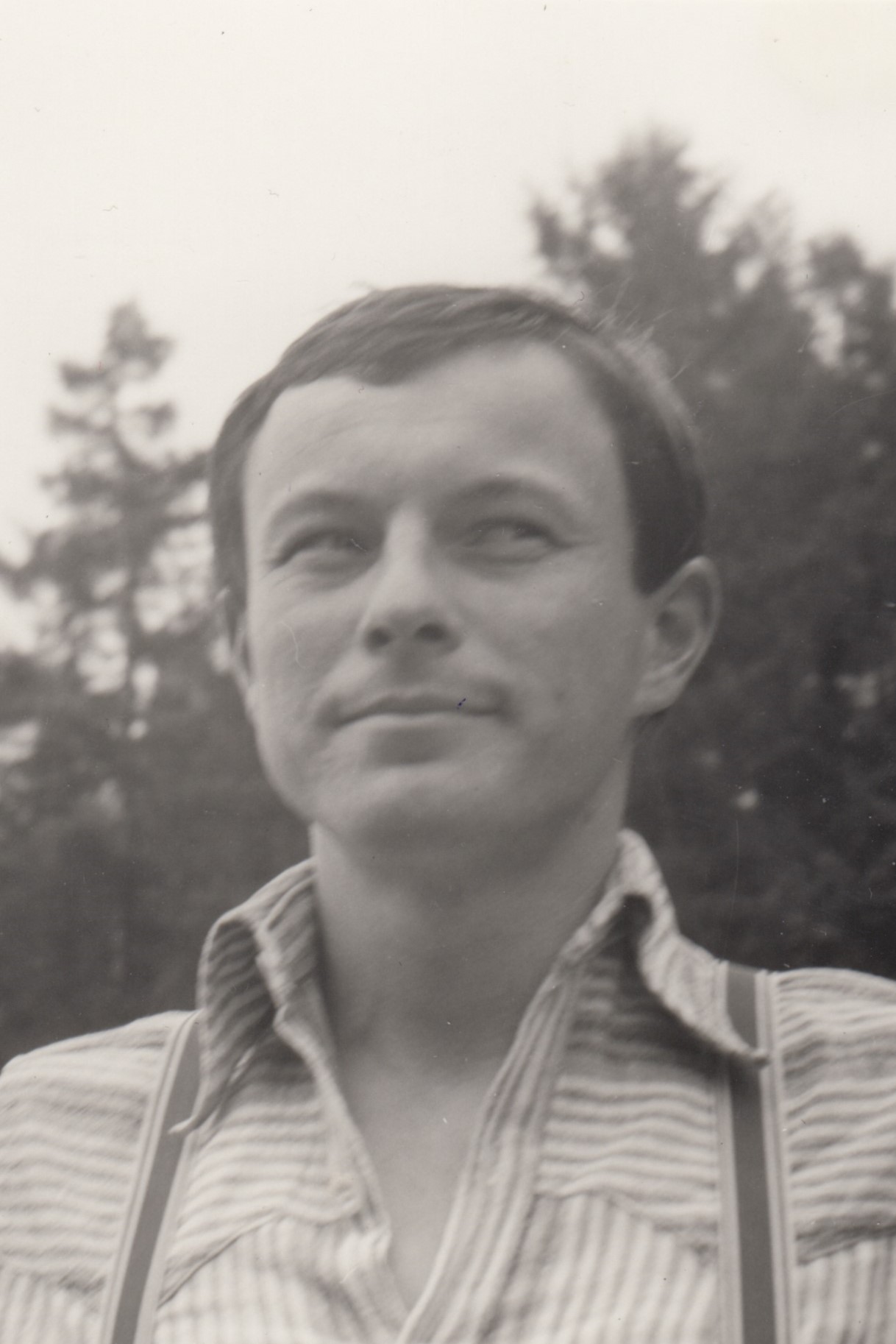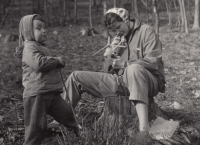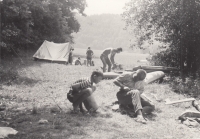This is how I have fun. I call it romantic transports

Download image
Ing. Pavel Pavel was born on 11th March 1957 in Strakonice to Růžena and Ladislav Pavel. He graduated from primary and secondary school in Strakonice, followed by studies at the University of Mechanical and Electrical Engineering in Pilsen at the turn of the 1970s and 1980s. After successful graduation, he worked at the Agrostav in Strakonice as a designer. In 1986, he conducted a successful experiment on Easter Island in Polynesia, thanks to which he showed how the many-ton moai statues there could be manipulated without heavy machinery, using only human power, levers and ropes. In the sub-discipline known as experimental archaeology, he then conducted a series of other experiments that offered possible explanations, for example, for the construction of Stonehenge or the transport of huge stones across South America’s Lake Titicaca. After the Velvet Revolution, he founded a company for moving and shifting heavy loads, and was also involved in politics. Pavel Pavel is the author of books and numerous articles, and has participated in many international congresses and symposia. In 2023 he lived in his native Strakonice.






